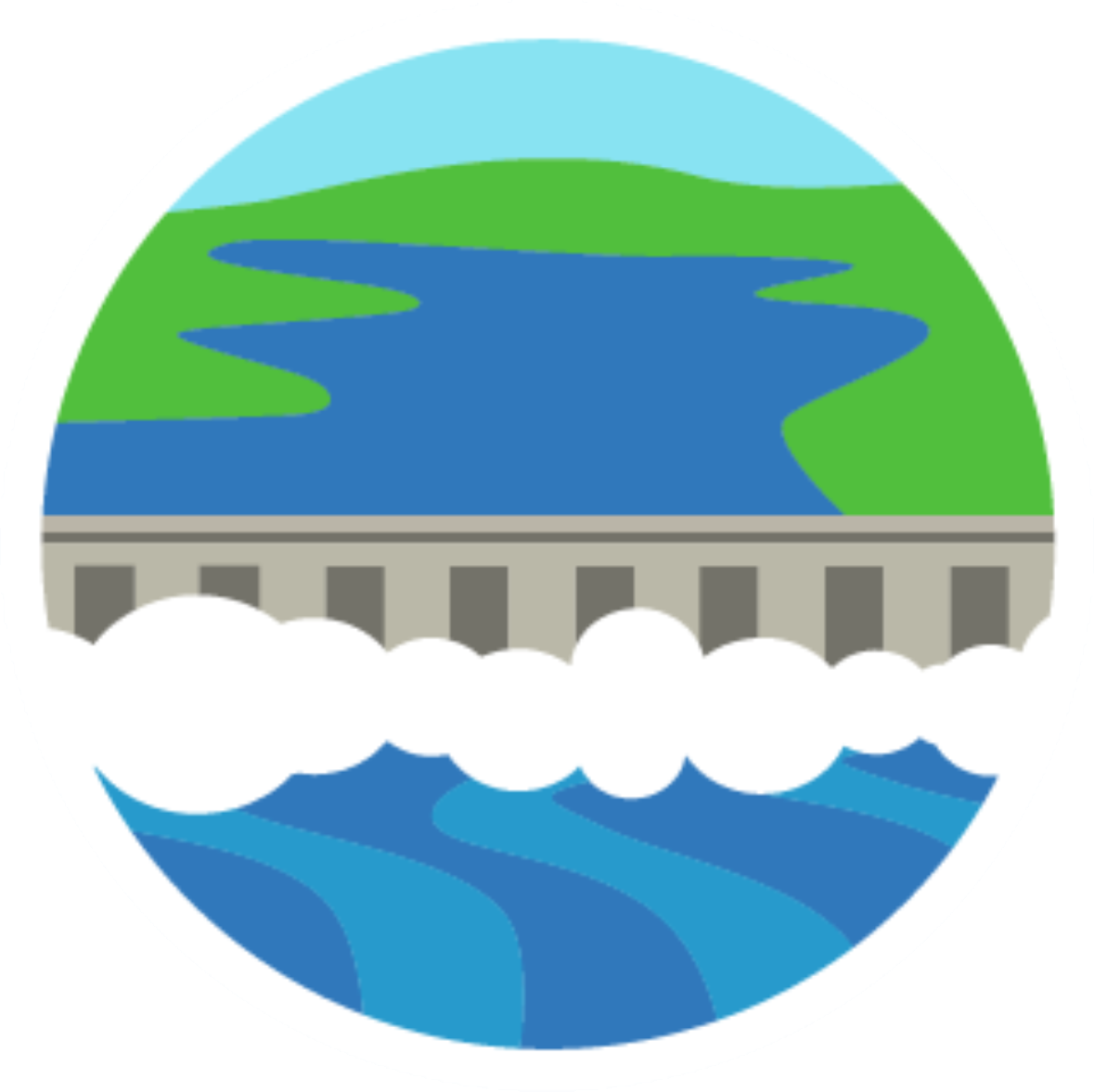Purpose
The U.S. Department of Energy (DOE) Water Power Technologies Office’s (WPTO) Hydropower Collegiate Competition (HCC, also referred to as the “Competition” in this rules document) invites interdisciplinary teams of postsecondary, undergraduate, and graduate students from a variety of academic programs to solve complex hydropower challenges. Through the competition, WPTO intends to offer students direct industry experience, valuable exposure to hydropower career pathways, and greater knowledge of hydropower’s potential to contribute to a clean energy future. The competition will select up to 15 teams to compete for a cash prize pool of up to $325,000. The HCC will consist of three required and concurrent challenges: a Siting Challenge, a Design Challenge, and a Community Connections Challenge. Teams may additionally compete in an optional Build and Test Challenge. Teams competing in all three challenges, and who complete all required stages, will be eligible for up to $15,000 each in cash awards; teams competing in the Build and Test Challenge will be eligible for an additional $5,000 cash prize each. Teams who complete all required submissions will also be eligible to compete for a part of the $25,000 grand prize cash pool. Specific requirements for each stage of the competition are included in the following sections.
Background
As one of the nation’s largest sources of renewable electricity, hydropower provides electricity, energy storage, and essential services to the electric grid, and jobs in communities across the country. Yet about a quarter of the current U.S. hydropower workforce1 is eligible for retirement, or will be, within the next decade.
The hydropower industry is critical to the federal government’s goal of achieving a carbon-pollution-free power sector by 2035. Hydropower already plays an important role in our power system—it provides 37% of total U.S. renewable electricity generation and 93% of grid-scale energy storage—and has untapped potential and significant opportunity for growth. This growth can be realized with further innovation and a new generation of passionate, motivated innovators and entrepreneurs to support the clean energy transition.
WPTO and the National Renewable Energy Laboratory (NREL), in partnership with the Hydropower Foundation, established the HCC in 2022 to pave the way for next-generation innovators and entrepreneurs to start their careers in clean energy.
The Competition: Converting Non-Powered Dams to Hydroelectric Dams
The 2024 student teams will have 10 to 12 months to address a series of hydropower challenges relevant to the industry, and then present their concepts at Water Power Week or a similar industry event in the spring of 2024. Teams will also submit written documents demonstrating their progress throughout the competition for the three required challenges, attend monthly all-team calls, and have access to educational webinars and networking opportunities with hydropower experts.
The 2024 HCC theme is on converting non-powered dams (NPDs) to hydroelectric dams. Competition organizers have framed the 2024 competition around this theme since it is of near-term relevance to the hydropower industry. The United States has more than 80,000 non-powered dams. At these locations, adding electricity generation systems to the existing dam structure can be a cost-efficient way to bring more benefits to the surrounding community. and generate clean electricity.
The Competition will consist of three required and concurrent challenges: a Siting Challenge, a Design Challenge, and a Community Connections Challenge. Selected teams also have the option to compete in an additional concurrent Build and Test Challenge. Each challenge includes distinct submissions that selected teams are expected to complete to be awarded cash prizes.
Challenges
During the competition, the teams will compete in the following challenges simultaneously. As the primary theme of the competition is NPDs, teams are challenged to frame their submissions to each of the challenges around adding power to non-powered dams.
In the Siting Challenge (approximately 35% of total Competition score), teams will need to perform a hydropower site selection process from a subset of non-powered dams that have the potential to produce between 100 kilowatts and 10 megawatts of power and develop a feasibility assessment for the selected site (this subset is available through the use of open-source tools that will be made available by the Prize Administrators upon selection of the teams).
In the Design Challenge (approximately 40% of total Competition score), competitors will choose from two tracks. In Track 1, Facility Conceptual Design, teams will create a conceptual design of the selected hydropower site from the Siting Challenge. In Track 2, Hydropower Component Deep Dive, teams will complete a final design package for an individual component or system related to the development of the selected hydropower site from the Siting Challenge.
In the Community Connections Challenge (approximately 25% of total Competition score), competitors will achieve two goals: make connections with professionals in the hydropower and broader clean energy industry, and share the benefits of clean energy technologies with their community through public channels, including public events, social media platforms, media outlets, newsletters, etc.
In the Optional Build and Test Challenge (worth 120 points, not included in the total Competition score), competitors will build a scaled prototype of their concept or powerhouse and perform a series of tests.
All competing teams are required to attend the final event to present results from three required and one optional challenge to the water power community to be eligible for final awards and cash prizes (which includes two required presentations and one optional presentation). These submissions will be reviewed by experts selected by DOE. Specific details on submission requirements and scoring criteria are included in the following sections.
